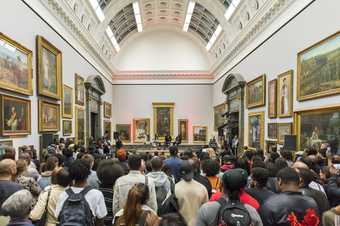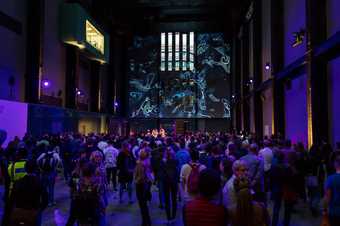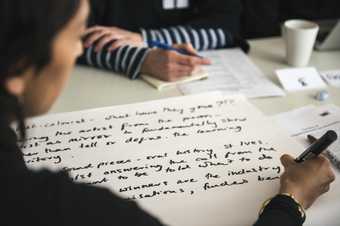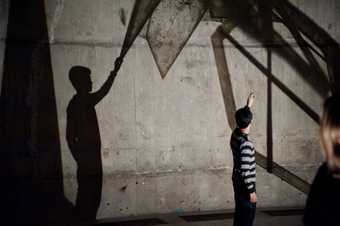
Young person taking part in a workshop in the Tanks at Hyperlink Festival, Tate Modern, 2013
Photo ©Tate
Circuit was a four-year national programme led by Tate and funded by Paul Hamlyn Foundation. Circuit involved Firstsite, Colchester; MOSTYN, Llandudno; Nottingham Contemporary; Tate Britain and Tate Modern, London; Tate Liverpool; Tate St Ives; The Whitworth, Manchester; and Wysing Arts Centre and Kettle’s Yard, Cambridgeshire.
Circuit set out to create better access to the arts for 15–25 year olds. It was built on Tate’s long-term work with young people and aimed to reach those who might not usually connect with galleries. It brought together a national network of arts organisations to test new ways of working.
Over four years, the programme reached more than 175,000 people through events and projects. It demonstrated that art can have a significant impact in building young people’s confidence, practical skills and their social and personal development.
Learning and evaluation were embedded throughout Circuit, with gallery staff, young people, artists and partners supported to reflect on their experiences. Find out more and read research papers, conference materials, reports and blog posts on the Circuit Evaluation page.
Circuit – Test, Risk, Change
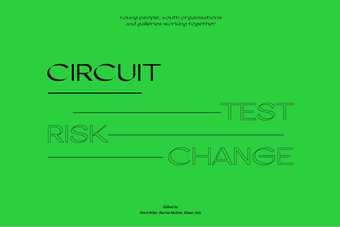
Circuit – Test, Risk, Change (published April 2019) brings together insights from the Circuit programme through essays, articles, quotations and comments written by staff at all levels and, importantly, young people. It is primarily aimed at practitioners, artists and educators working with young people across the cultural and youth sectors.
There is a limited print run of the publication. Hard copies are available at the Tate Library and Archive Reading Rooms and at all six legal deposit libraries in the UK, details here.
MAKE YOUR PLACE
Watch stories of four young people who were involved in Circuit, in this portrait of changing futures. Fatimah is a part-time employee at The Whitworth, Manchester; Charlotte is a young exhibiting artist at Firstsite, Colchester; Gaby is an artist curator of youth events at Tate Britain and Tate Modern; and Will has developed a mentoring relationship with a senior curator at MOSTYN, Llandudno.
For further enquiries about the Circuit programme, please contact information@tate.org.uk

